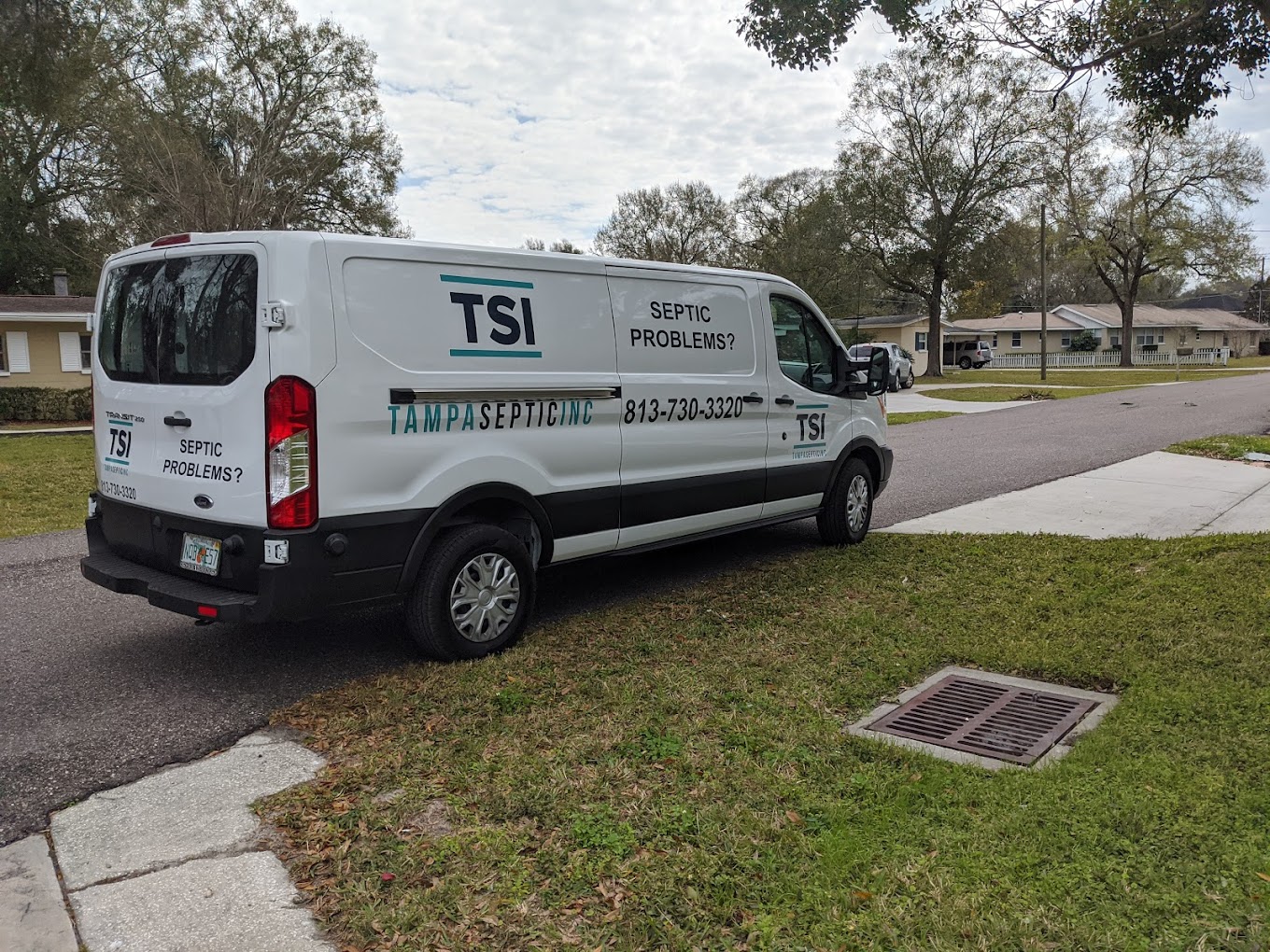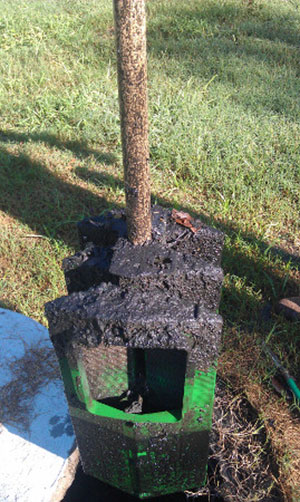 While many septic systems operate as a gravity-fed system that doesn’t require electricity, in some cases septic pumps are needed for proper movement of effluent from the septic tank to the drain field. Septic pumps are a small, submersible pump that sits down in the wastewater of your property’s septic tank and engages when the float switch alerts it that there is enough effluent to be pushed up through the pipework.
While many septic systems operate as a gravity-fed system that doesn’t require electricity, in some cases septic pumps are needed for proper movement of effluent from the septic tank to the drain field. Septic pumps are a small, submersible pump that sits down in the wastewater of your property’s septic tank and engages when the float switch alerts it that there is enough effluent to be pushed up through the pipework.
One thing you should know about septic pumps is that they are usually installed with an alarm system to alert you should the pump be failing to perform. Since this is to avoid a backup, it is highly recommended to have this alarm installed and, also, to have both the alarm and pump inspected regularly. Should the alarm go off and once reset not return to green status within 10 to 15 hours, you should call immediately to have it checked as this indicates that a backup could occur in the next 24 to 48 hours. Meanwhile, you should limit your water usage as much as possible.
Septic pumps are commonly installed inside the septic tank, provided it is not a single chamber system, but they can also be installed in a pump station outside of the septic tank. The key is to not let a lot of solids come in contact with septic pumps, although they can handle a small amount without clogging.
It is also important to note that septic pumps should be serviced one or two times a year, particularly for removing and cleaning the filters and to check the alarms and controls.
If you would like to know more about septic pumps or you need to have yours serviced or repaired, reach out to us at Tampa Septic. We offer a wide variety of septic services for both residential and commercial customers.




